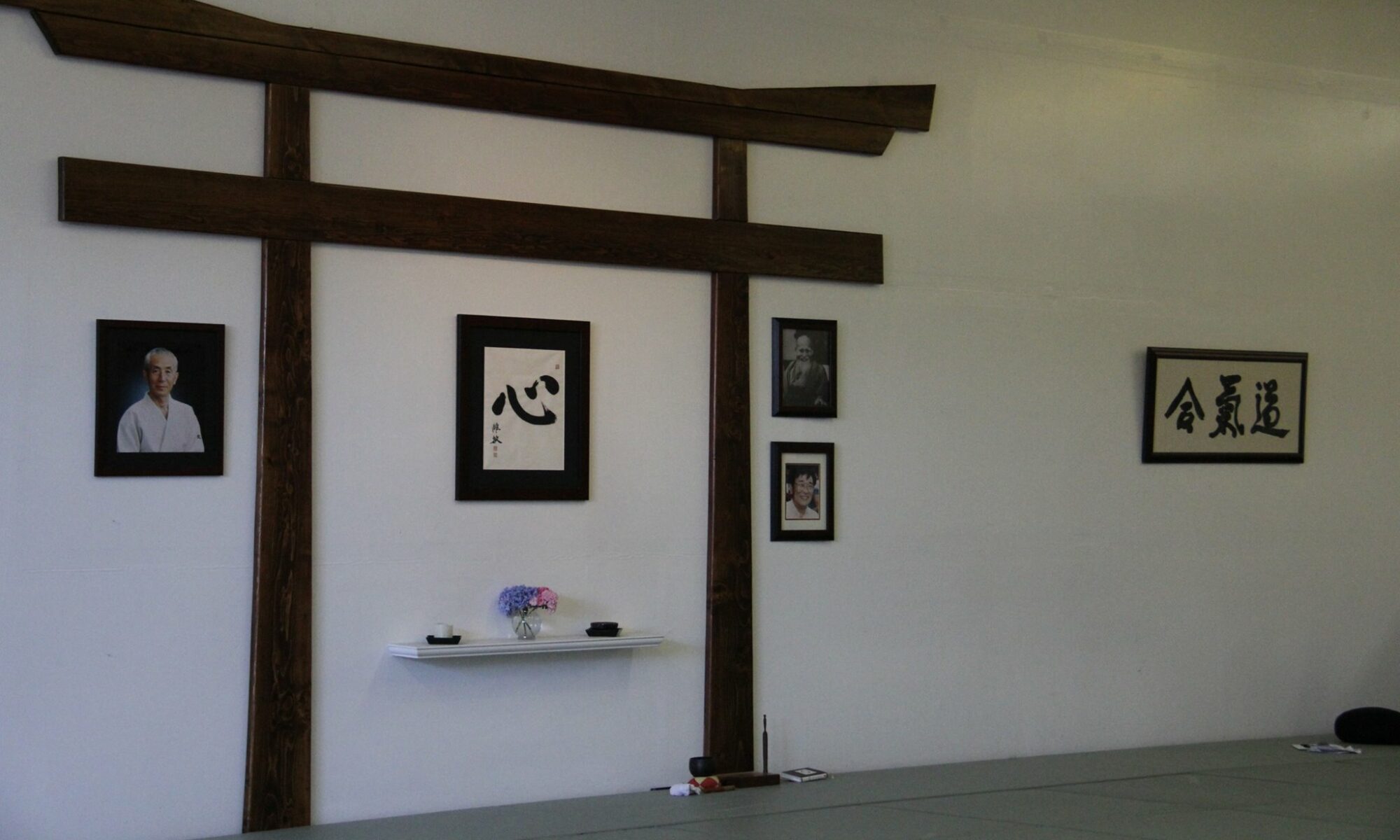“We come to our dojo to train so that we’re better able to apply the principles of aikido in our daily lives”
We talk about taking up the slack in the techniques of aikido. From almost our first classes we begin to explore the best way to remove slack from a technique without telegraphing our intentions. When we start out with katatatori techniques it seems pretty simple to eliminate the slack between uke’s hand and our wrist. As the techniques become more complicated, it becomes easier and easier to let slack into the system.
For most of us, daily life presents far more complex opportunities for taking up the slack. When we think about our relationships with family members, friends, work colleagues, maybe even people we don’t enjoy being around, our temptation is to either provide slack or overtake-up-the-slack. Typically, we aren’t really paying attention to being connected to others and because of this, we also don’t notice the quantity of slack we’re creating. So, as we work to apply Aikido in daily life, we should take every opportunity to notice if we’re taking up the right amount of slack.

